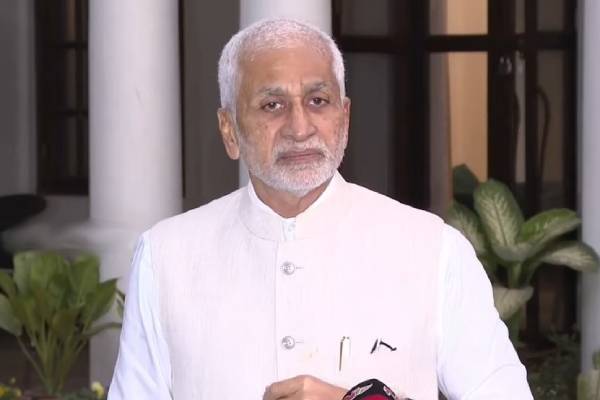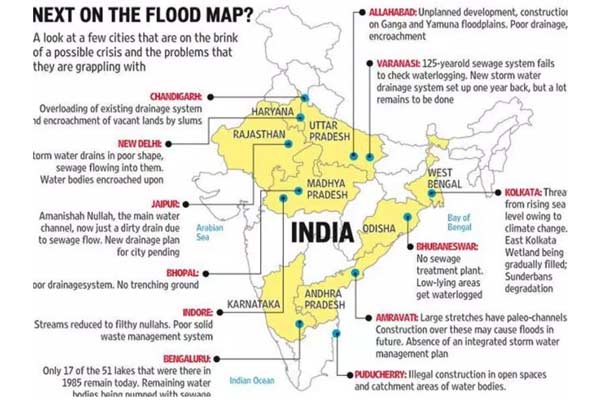[intro]Why Amaravati is also susceptible to floods?[/intro]
Our cities with their high population density and poor civic standards are vulnerable to the domino effect that can be set off by freak weather it happened in Mumbai in 2005. Last year, it was Srinagar. Now it’s happening in Chennai. Could it happen to your city?
Judging by the burgeoning urban population, and the uncontrolled growth of urban centres that fail on every parameter including drainage and garbage disposal, most of our cities are disasters waiting to happen, says South Asia Network on Dams, Rivers and People (SNDRP).
As per global standards cities across the world should prepare for a 100-year flood recurrence period. In other words, they have to be ready for a severe flood situation, even if it has one-in-100 chance of occurring. But our cities’ guardians overlook larger flood cycle as freak weather events.
That exactly is happening in IT corridor Hyderabad which is sitting on a plan that lacks a storm-water drainage system and Navi Mumbai International Airport in Maharashtra which will be built on the flood plains of Ghadi and Ulwe rivers. Amaravati the state capital of Andhra Pradesh is also doing away its underground water channels which drain out flood waters during stresses.
‘Amaravati needs design elements to avert a Chennai-like deluge’ After the recent Chennai deluge due to high-intensity precipitation and freak floods, experts want the Andhra Pradesh government to be cautious and incorporate appropriate design elements while constructing Amaravati, to protect it from havoc caused by floods. The suggestion comes in the light of the latest report of the United Nations that south India, in particular, is prone to natural vagaries like frequent floods. Interestingly, in 2009, water did not come from high rainfall regions like Western Ghats but from drought-prone areas down below Alamatti and Tungabhadra dams.
In ‘hi-tech’ Hyderabad, where are the drains? It’s the face of modern Hyderabad. Resplendent with rows of buildings flaunting architectural brilliance, in-house manicured lawns and state-of-the-art infrastructure, the city’s IT corridor, to an outsider, looks nothing short of perfect. But scratch the surface, the ugly reality comes to the fore. One that is unenviable and alarming. The entire belt encompassing ‘hi-tech’ Hyderabad is sitting on a plan that lacks a storm-water drainage system! Its repercussions: acute flooding and waterlogging even after mild showers.

































